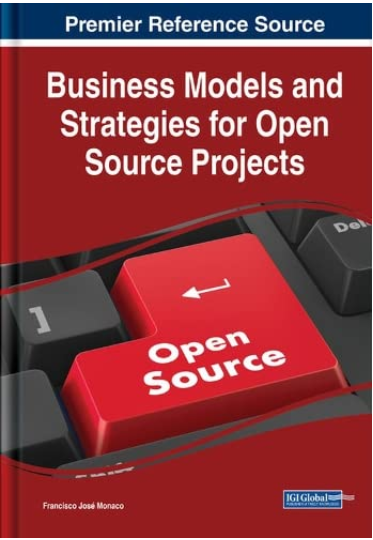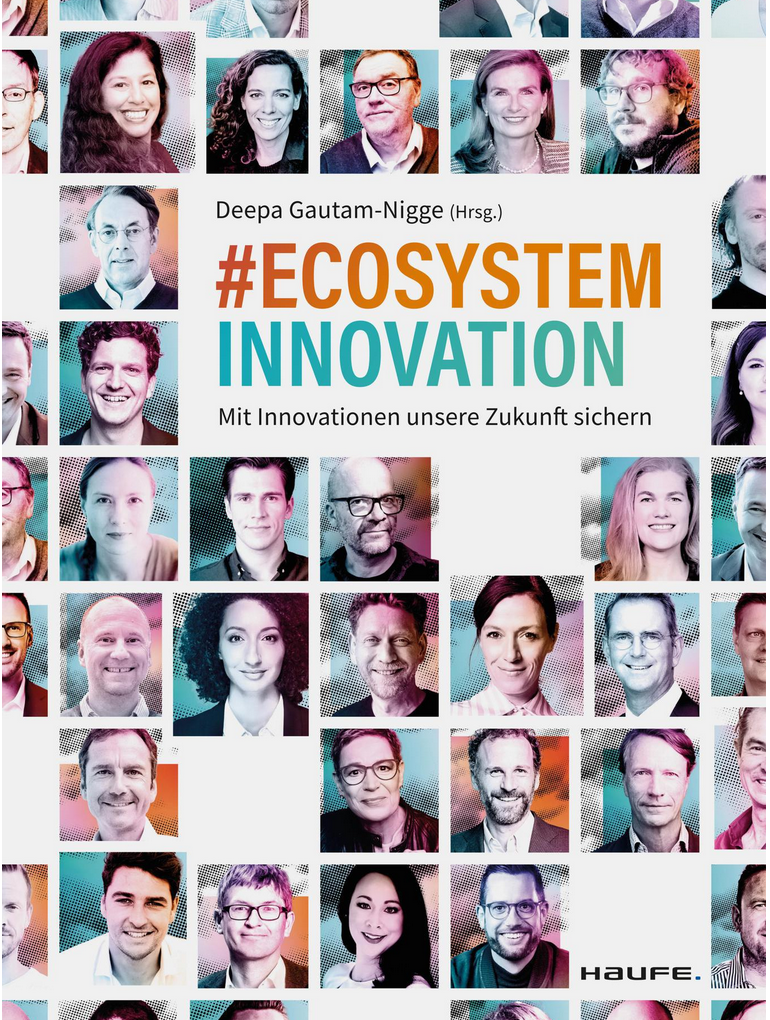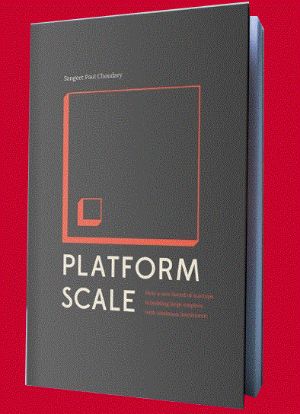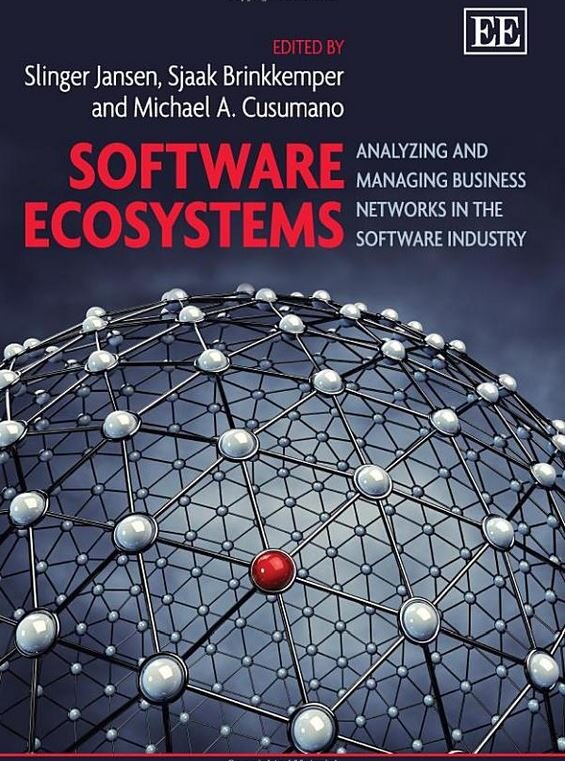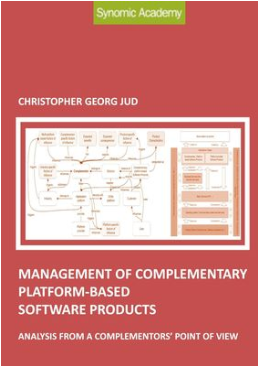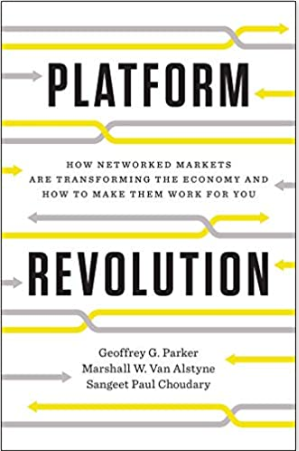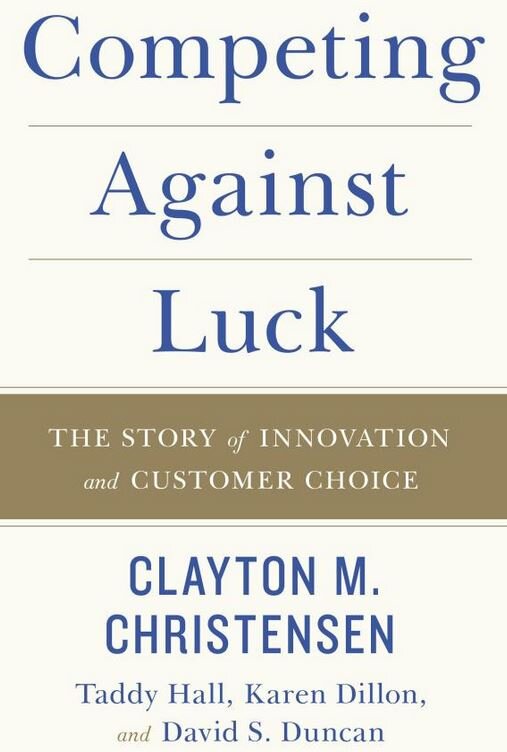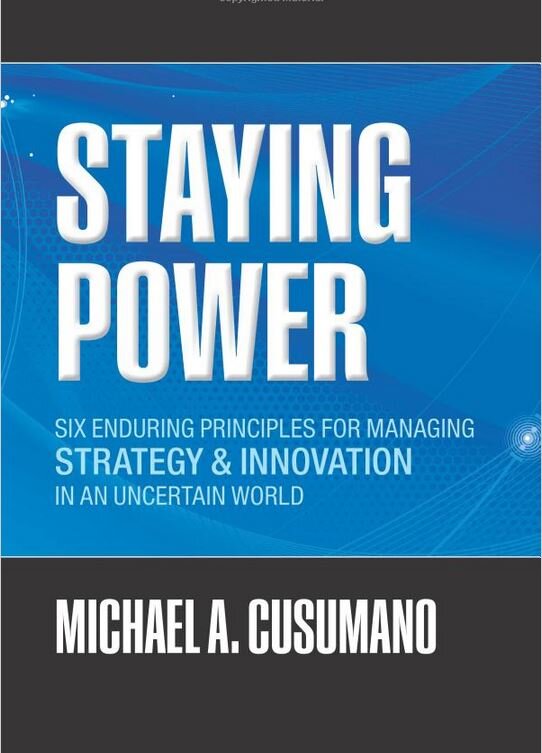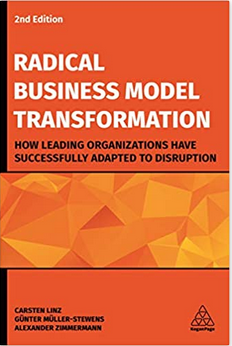
NEWS
How can you foster innovation in software ecosystems - six examples
Innovation is at the heart of every successful software ecosystem. Fostering a culture of innovation not only drives growth and success but also creates a competitive edge. Here are six examples of how you can foster innovation in software ecosystems:
1. Encourage a Collaborative Environment:
Create spaces for open communication and idea-sharing among software development teams. Collaboration fosters creativity and leads to innovative solutions.
2. Invest in Research and Development:
Allocate resources to R&D efforts to explore new technologies, methodologies, and trends. This investment can yield groundbreaking innovations.
3. Embrace Agile Methodologies:
Adopt agile practices to enable quick iterations, adaptability, and continuous improvement. Agile methodologies promote innovation by allowing teams to respond to change and deliver high-quality software.
4. Promote a Culture of Learning:
Encourage continuous learning and skill development among team members. By staying updated on the latest industry trends, individuals can bring fresh perspectives and innovative ideas to the table.
5. Support Hackathons and Innovation Challenges:
Organize events that challenge developers to ideate and create innovative solutions within a limited timeframe. Hackathons drive creativity and often result in pioneering software concepts.
6. Foster Entrepreneurial Mindset:
Encourage developers to think like entrepreneurs and take ownership of their projects. This mindset cultivates a sense of ownership and drive to innovate.
By implementing these strategies, software ecosystems can create an environment that nurtures creativity, experimentation, and advancement, ultimately leading to groundbreaking innovations.
Like the topic? Participate in our workshop tickets here
Why don´t you choose one of the following topics to continue:
How can you foster innovation in software ecosystems - six examples
Innovation is at the heart of every successful software ecosystem. Fostering a culture of innovation not only drives growth and success but also creates a competitive edge. Here are six examples of how you can foster innovation in software ecosystems:
1. Encourage a Collaborative Environment:
Create spaces for open communication and idea-sharing among software development teams. Collaboration fosters creativity and leads to innovative solutions.
2. Invest in Research and Development:
Allocate resources to R&D efforts to explore new technologies, methodologies, and trends. This investment can yield groundbreaking innovations.
3. Embrace Agile Methodologies:
Adopt agile practices to enable quick iterations, adaptability, and continuous improvement. Agile methodologies promote innovation by allowing teams to respond to change and deliver high-quality software.
4. Promote a Culture of Learning:
Encourage continuous learning and skill development among team members. By staying updated on the latest industry trends, individuals can bring fresh perspectives and innovative ideas to the table.
5. Support Hackathons and Innovation Challenges:
Organize events that challenge developers to ideate and create innovative solutions within a limited timeframe. Hackathons drive creativity and often result in pioneering software concepts.
6. Foster Entrepreneurial Mindset:
Encourage developers to think like entrepreneurs and take ownership of their projects. This mindset cultivates a sense of ownership and drive to innovate.
By implementing these strategies, software ecosystems can create an environment that nurtures creativity, experimentation, and advancement, ultimately leading to groundbreaking innovations.
Like the topic? Participate in our workshop tickets here
Why don´t you choose one of the following topics to continue:
Software strategy selection: is build, buy, partner sufficient or do we have to add open source to the game?
Strategy selection
The best innovation and growth strategy is to combine organic and inorganic growth. SAP has successfully applied organic innovation and growth resulting e.g. in SAP HANA, SAP S/4 HANA as well as inorganic innovation and growth via acquisitions like Qualtrics and Calliduscloud.
Build, buy, partner
For me, the most important distinction between build or buy is the window of opportunity that you have. In technology markets, there are frequent changes of market direction. If you’re lucky, you had started your solution in time to build something that is en vogue right now. But if you’re not lucky, you need to acquire capabilities that the market needs today. But is this the only option you have?
Opportunity and risk in building and acquiring solutions
To be frank, with the current state of technology due diligence on to be acquired companies there is no difference in risk to build or to buy. When building products, you trust your developers to build something great. The a priori likelihood of success is 50%. Same likelihood applies for acquiring technology. In addition, acquired technology exists, has customers, success and failure history. So, what is the impact of this statement on build decisions?
Build decisions
Build decisions are made based on anticipated market trends. So don´t be suprised when you find out that you made the wrong decision. It is perfectly natural to take wrong decisions. But how can you fix such a wrong decision? I have two proposals: The first one is to start massive marketing to convince customers and markets that what you built is the right thing. Tough. The second option is to buy your way into front and center of the market. What are these the only options you have?
Outsource your worries
What we need to look at is in another alternative. You could leverage an existing open source solution with a license that permits commercial use to jumpstart your building efforts. And you build differentiating, proprietary technology on top.
If the open source community behind that solution is being active enough, you will save massive effort for support and maintenance of the solution.
It also makes financial and strategic sense to spend your money wisely on functionality where you can differentiate your offering from the competitors’ offerings.
Like the topic? Participate in our workshop tickets here
Why don´t you choose one of the following topics to continue:

